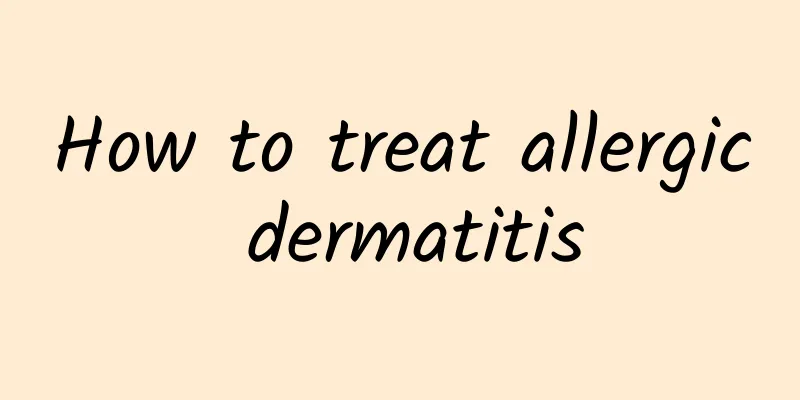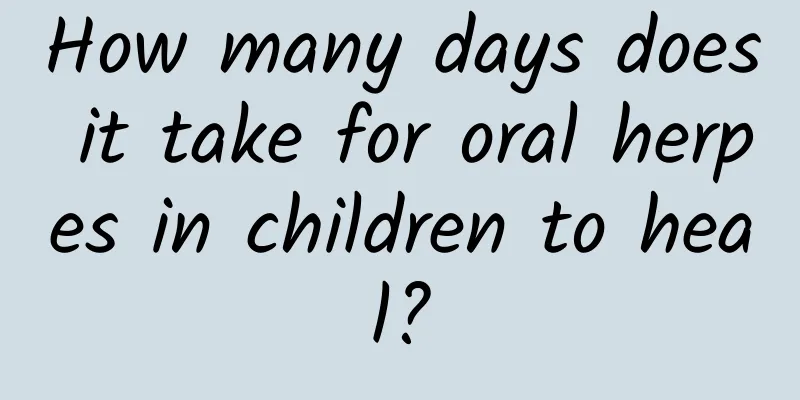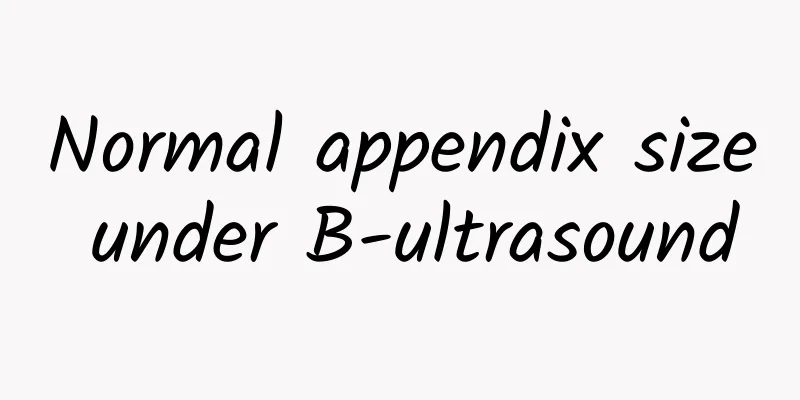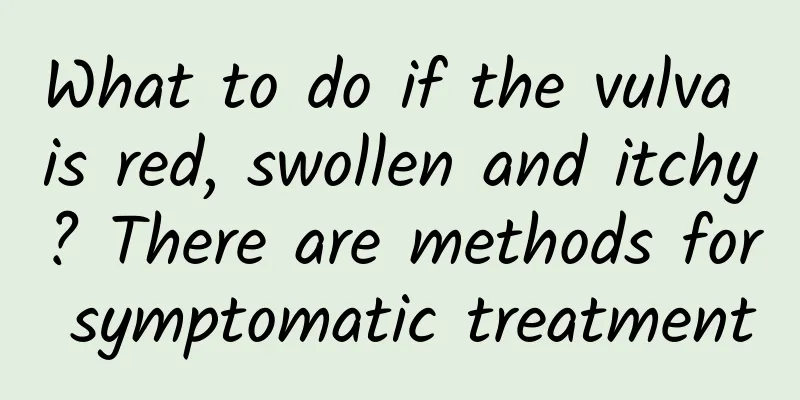What are the symptoms of cerebral palsy in an eight-month-old baby?

|
Infancy refers to the period from 28 days after birth to 1 year old. Generally, during infancy, as children's growth and development accelerate, many symptoms of cerebral palsy begin to appear. So what are the symptoms of cerebral palsy in an eight-month-old baby? Normal infant abilities: At 1-2 months: The baby will kick things with his feet when lying on his back, try to keep his head upright when picked up, and may unconsciously grasp a toy for a moment when handed to him. At 3-4 months: The baby can lift his head steadily while lying on his stomach, use his elbows to support his upper body, turn his head at will, and turn over. His legs can support his body when he is held up. At 5-6 months: The baby will often lift his head and legs when lying on his back, can turn over easily, and shows signs of wanting to crawl when lying on his stomach. He can sit for a while with the support of his hands, and can bear weight on his lower limbs when standing. When he is happy, he will jump up and down and will take the initiative to grab what he wants. At 7-8 months: Use your hands to support your chest and abdomen to lift your upper body off the bed. You can turn your body on the spot and crawl forward with your upper limbs. Can sit independently for a long time, lie down from a sitting position, stand up by holding the railing, and sit down from a standing position. At 9-10 months: Can crawl forward and backward flexibly, stand steadily by holding the bed rails, walk in a stroller, and use the thumb and index finger to pinch and pick up things. At 11-12 months: Can stand and walk independently, bend down to pick up things on the ground, pick up small items such as coins and peanuts with hands, and pass toys to others. Infants with cerebral palsy may show the following: Babies with cerebral palsy have delayed motor development: they cannot reach the abilities that children of the corresponding age mentioned above have. Abnormal muscle tone and posture: such as difficulty in abducting the thigh, flexed knees that are difficult to straighten, legs straightened and adducted when held upright, legs crossed in a scissors shape, flexion of the elbow and wrist joints of the upper limbs, and frequent clenching of the hands with the thumbs adducted. Less active movement: After 5 months, the baby is still unable to actively reach out and grab the things he likes, or always uses one hand to grab. Abnormal reflexes appear: that is, some primitive reflexes disappear with a delay, while normal protective reflexes weaken or do not appear, and some pathological reflexes may also appear. After the baby is born, it is important to protect premature babies, babies with asphyxia, and babies with severe jaundice, and take necessary treatments, such as oxygen inhalation and incubators. Children with brain damage should have a card established for follow-up and regular screening. For those with delayed motor development, abnormal posture, poor breastfeeding, screaming and unable to sleep, and muscles that are too soft or too hard, you must pay attention to brain lesions and seek medical attention as soon as possible if necessary. Experts remind: If a child is diagnosed with cerebral palsy, parents should not be overly sad or disappointed. Although cerebral palsy in children is difficult to treat, it is not an incurable "incurable disease". As long as they receive systematic rehabilitation treatment from an early stage and persist in it for a long time, they will be able to see results and return to society. Only by doing this can even children with severe cerebral palsy be able to take care of themselves, and the burden on families and society can be reduced to the greatest extent. The most scientific treatment for cerebral palsy is rehabilitation, correction of limb deformities, and rehabilitation, following these steps. After the child's condition is diagnosed, training should be started as early as possible. Through passive input of various senses such as sight, hearing, touch, imitation, mirroring, and upper limb joint movements, the child can be encouraged to pay attention to people and objects and the surrounding environment, coordinate hands and eyes, and gradually restore motor function. |
<<: Why does my husband grind his teeth when he sleeps at night?
>>: Three-minute steaming consultation to detect diseases through your facial expressions
Recommend
Is lupus nephritis hereditary?
The harm caused by lupus nephritis is very great....
What is the cause of enuresis in women?
Women will encounter many problems and troubles i...
Does Sanfutie have to be applied on the day of the beginning of the dog days?
Does Sanfutie have to be applied on the first day...
One month after the abortion, the blood
Women usually start menstruating again one month ...
The efficacy and function of red and white peony root
Red peony root is a Chinese herbal medicine, a ty...
Baby's skin is rough and has goose bumps
Most babies have very smooth and tender skin when...
What are the effects and side effects of Hedyotis diffusa
Baihua Snake Diffusion Grass is a traditional Chi...
How to treat scars
Many people will have scars on their bodies due t...
Can sequelae of brain injury be recovered?
As we all know, the brain is one of the most impo...
My period has always been regular but suddenly got delayed
There are many reasons for delayed menstruation i...
Will hypothyroidism make you thin?
Based on the characteristics of hypothyroidism an...
TCM Physical Conditioning
When treating physical illnesses in traditional C...
Enterovirus ev71
Hand, foot and mouth disease is a common disease ...
What are the magical effects of moxibustion on Shenque?
The Shenque point is close to our navel. Acupunct...
Hemorrhagic shock blood loss
The importance of blood to the human body is self...









